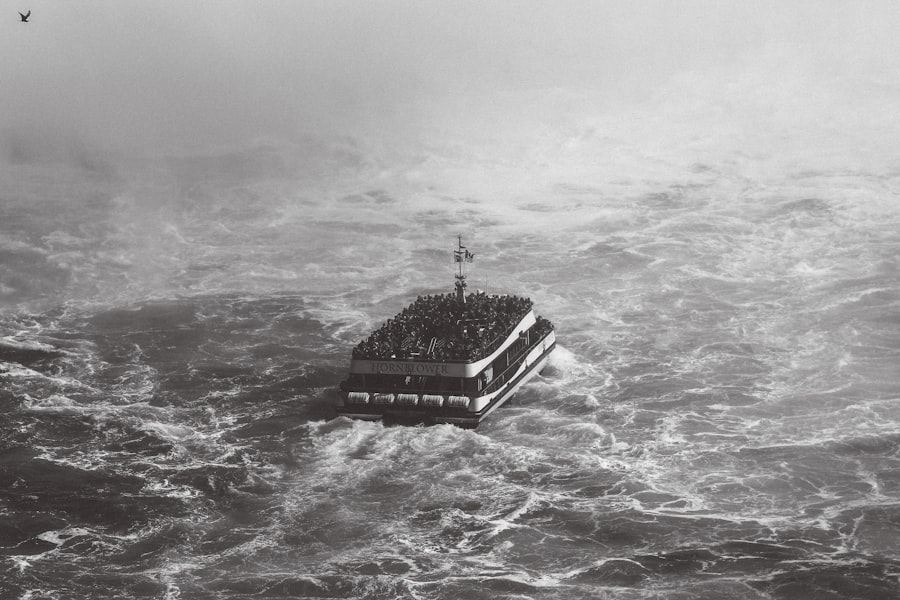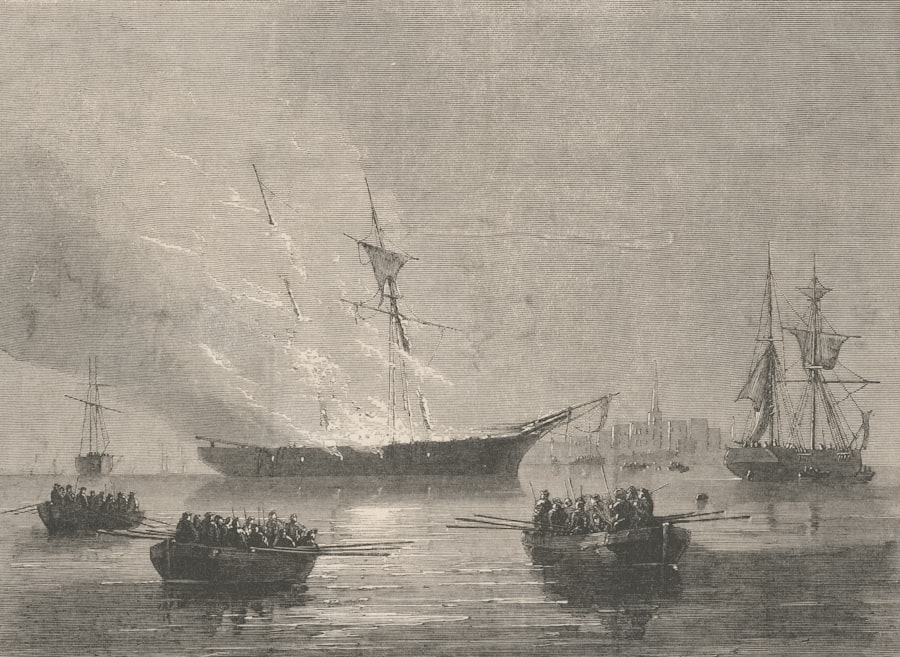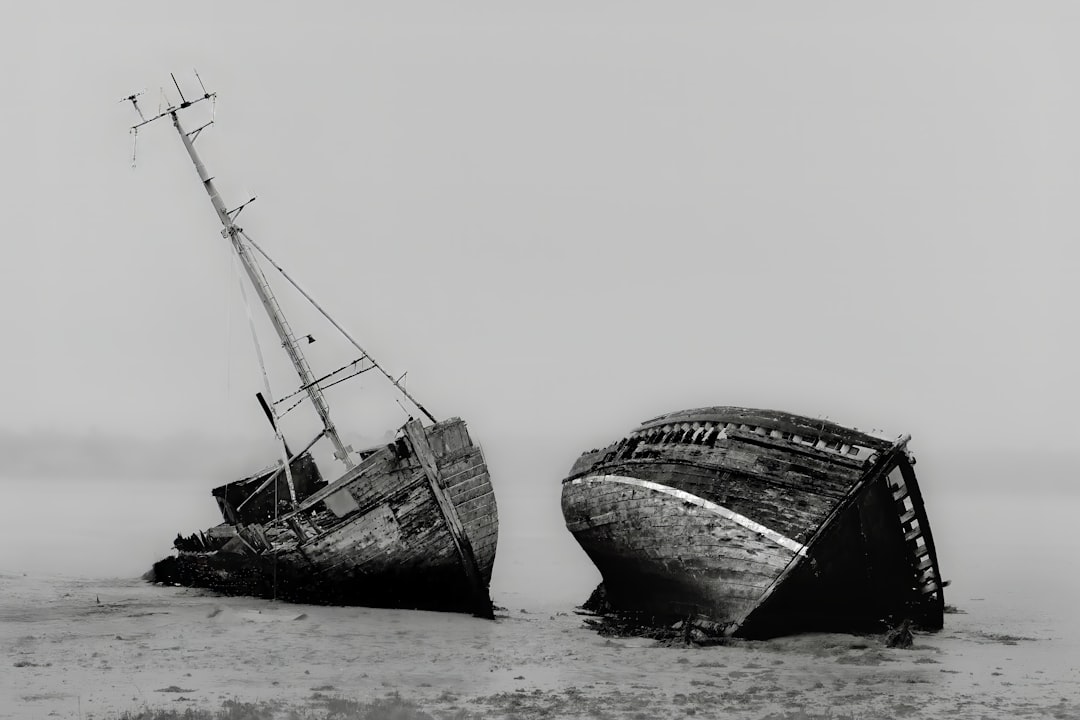The Drake Passage, a body of water situated between the southern tip of South America and Antarctica, is renowned for its tumultuous seas and unpredictable weather patterns.
The passage is not only significant for its geographical location but also for its ecological importance, as it connects the Atlantic and Pacific Oceans, facilitating the movement of marine life and influencing global climate patterns.
The waters of the Drake Passage are often described as some of the most treacherous on Earth, earning it a reputation that has both intrigued and terrified sailors for centuries. Navigating the Drake Passage is a rite of passage for many adventurers and researchers alike. The allure of exploring the Antarctic wilderness draws countless vessels into its depths each year.
However, the passage’s reputation for fierce storms and towering waves serves as a stark reminder of nature’s power. As ships traverse these waters, they encounter not only the breathtaking beauty of the surrounding landscapes but also the harsh realities of maritime navigation in one of the world’s most challenging environments. Understanding the complexities of the Drake Passage is essential for anyone daring enough to embark on this journey.
Key Takeaways
- The Drake Passage is a treacherous body of water located between South America’s Cape Horn and the South Shetland Islands of Antarctica.
- The history of disasters in the Drake Passage includes shipwrecks, extreme weather events, and navigational challenges.
- Navigating the Drake Passage presents challenges such as strong winds, rough seas, icebergs, and unpredictable weather conditions.
- Surviving extreme weather conditions in the Drake Passage requires preparedness, resilience, and the ability to adapt to rapidly changing circumstances.
- Strategies for surviving a disaster in the Drake Passage include proper training, emergency drills, and the use of advanced technology for navigation and communication.
The History of Disasters in the Drake Passage
The history of the Drake Passage is marked by numerous maritime disasters that have claimed countless lives and vessels. From the early explorers who sought new trade routes to modern-day adventurers, many have faced the wrath of its unpredictable waters. One of the most notable incidents occurred in 1914 when Ernest Shackleton’s ship, the Endurance, became trapped in pack ice while attempting to reach Antarctica.
The crew’s harrowing struggle for survival in the face of extreme conditions has become legendary, highlighting the dangers inherent in navigating this perilous passage. Throughout history, various ships have met their demise in the Drake Passage due to its notorious storms and rough seas. The combination of strong currents, icebergs, and sudden weather changes has led to numerous shipwrecks, some of which remain undiscovered to this day.
These disasters serve as cautionary tales for modern mariners, emphasizing the need for vigilance and respect when traversing these waters. The stories of those who have perished or survived serve as a testament to the Drake Passage’s formidable nature and the importance of understanding its history.
The Challenges of Navigating the Drake Passage

Navigating the Drake Passage presents a myriad of challenges that can test even the most experienced sailors. One of the primary difficulties lies in its unpredictable weather patterns, which can shift rapidly from calm to chaotic within minutes. Sailors must be prepared for sudden storms that can produce towering waves and fierce winds, making navigation treacherous.
The passage is also known for its strong currents, which can complicate maneuvering and increase the risk of capsizing. In addition to weather-related challenges, navigators must contend with icebergs and floating debris that pose significant hazards to vessels. The presence of these obstacles requires constant vigilance and skillful seamanship to avoid collisions.
Furthermore, the remoteness of the Drake Passage means that assistance may be far away in case of an emergency, adding an additional layer of risk to any journey through these waters. As such, understanding these challenges is crucial for anyone planning to navigate this formidable passage.
Surviving Extreme Weather Conditions
| Extreme Weather Condition | Survival Rate | Precautionary Measures |
|---|---|---|
| Hurricanes | 70% | Evacuation, secure property, stock up on supplies |
| Tornadoes | 50% | Seek shelter in a basement or interior room |
| Blizzards | 80% | Stay indoors, dress in layers, have emergency supplies |
| Heatwaves | 60% | Stay hydrated, stay indoors, use fans or air conditioning |
Surviving extreme weather conditions in the Drake Passage demands not only physical resilience but also mental fortitude. Sailors must be equipped with appropriate gear to withstand freezing temperatures and relentless winds. High-quality waterproof clothing, insulated layers, and sturdy footwear are essential for maintaining body heat and preventing hypothermia during sudden storms.
Additionally, vessels must be outfitted with reliable safety equipment, including life rafts, emergency beacons, and communication devices to ensure that help can be summoned if needed. Mental preparation is equally important when facing the harsh realities of navigating the Drake Passage. Sailors must cultivate a mindset that embraces adaptability and quick decision-making in response to changing conditions.
Training in survival techniques, such as how to manage seasickness or how to respond to emergencies, can significantly enhance a crew’s chances of enduring extreme weather events. By fostering both physical preparedness and mental resilience, sailors can increase their likelihood of surviving even the most challenging situations in these treacherous waters.
Strategies for Surviving a Disaster in the Drake Passage
When disaster strikes in the Drake Passage, having a well-thought-out survival strategy can mean the difference between life and death. One critical strategy involves maintaining clear communication among crew members to ensure everyone is aware of their roles during an emergency. Establishing protocols for various scenarios—such as man overboard situations or equipment failure—can streamline responses and minimize confusion when time is of the essence.
Another vital aspect of survival is understanding how to utilize available resources effectively. This includes rationing food and water supplies if stranded or using navigational tools to signal for help. Crew members should also be trained in first aid techniques to address injuries that may occur during a disaster.
By preparing for potential emergencies with comprehensive training and clear strategies, sailors can enhance their chances of survival in one of the world’s most perilous maritime environments.
The Importance of Preparation and Training

Preparation and training are paramount when it comes to navigating the Drake Passage safely. Mariners must undergo rigorous training programs that cover everything from basic seamanship skills to advanced survival techniques specific to extreme conditions. This training often includes simulations that replicate real-life scenarios encountered in the passage, allowing crew members to practice their responses in a controlled environment before facing actual challenges at sea.
Moreover, thorough preparation extends beyond individual training; it encompasses meticulous planning for each voyage. This includes conducting detailed weather assessments prior to departure, ensuring that vessels are equipped with necessary safety gear, and establishing contingency plans for emergencies. By prioritizing preparation and training, sailors can significantly reduce risks associated with navigating the Drake Passage and enhance their overall safety while exploring these treacherous waters.
The Role of Technology in Surviving the Drake Passage
In recent years, advancements in technology have played a crucial role in improving safety and navigation through the Drake Passage. Modern vessels are equipped with sophisticated navigation systems that provide real-time data on weather conditions, sea currents, and potential hazards. These technologies enable sailors to make informed decisions about their routes and adjust their plans accordingly to avoid dangerous situations.
Additionally, communication technology has revolutionized maritime safety by allowing crews to stay connected with support teams on land or other vessels nearby. Satellite phones and emergency beacons ensure that help can be summoned quickly if needed, reducing response times during emergencies. As technology continues to evolve, it holds great promise for enhancing safety measures in one of the world’s most challenging maritime environments.
Personal Stories of Survival
Personal stories of survival from those who have navigated the Drake Passage offer invaluable insights into the human spirit’s resilience in the face of adversity. One such account involves a group of researchers who found themselves stranded on their vessel during an unexpected storm. With limited supplies and worsening conditions, they relied on their training and teamwork to devise a plan for survival.
By rationing food and water while maintaining constant communication with each other, they managed to endure until help arrived days later. Another remarkable story comes from a sailor who experienced a man-overboard situation during a particularly rough crossing. Quick thinking and decisive action allowed him to deploy a life raft while coordinating with his crew to rescue his shipmate from the frigid waters.
This experience not only highlighted the importance of preparation but also underscored how camaraderie among crew members can be a lifeline during crises. These personal narratives serve as powerful reminders of both the dangers inherent in navigating the Drake Passage and the strength found within individuals when faced with life-threatening challenges.
Lessons Learned from Past Disasters
The lessons learned from past disasters in the Drake Passage are critical for informing future maritime practices. One key takeaway is the importance of respecting nature’s unpredictability; even experienced sailors must remain vigilant and adaptable when faced with changing conditions. Historical incidents have shown that complacency can lead to catastrophic outcomes, emphasizing that thorough preparation is essential regardless of one’s experience level.
Additionally, past disasters have highlighted the need for improved safety regulations within maritime industries operating in these waters. As more vessels venture into the Drake Passage for research or tourism purposes, establishing stringent guidelines regarding vessel maintenance, crew training, and emergency preparedness becomes increasingly vital. By learning from previous tragedies, mariners can work towards creating safer practices that protect both lives and vessels navigating this formidable passage.
The Future of Travel through the Drake Passage
As interest in Antarctic exploration continues to grow, so too does travel through the Drake Passage. The future holds promise for safer voyages as advancements in technology enhance navigation capabilities and improve safety measures onboard vessels. Additionally, increased awareness surrounding environmental conservation may lead to more sustainable practices within tourism industries operating in these waters.
However, challenges remain as climate change impacts weather patterns and ice formations within the passage itself. Mariners will need to adapt their strategies accordingly while remaining vigilant about potential hazards posed by shifting environmental conditions. Ultimately, fostering a culture of safety and respect for nature will be essential as travelers continue to navigate one of Earth’s most treacherous maritime routes.
Navigating the World’s Most Treacherous Waters
Navigating the Drake Passage is an endeavor fraught with challenges but also rich with opportunities for adventure and discovery. The history of disasters serves as a sobering reminder of nature’s power while underscoring humanity’s resilience in overcoming adversity through preparation, training, and teamwork. As technology continues to evolve alongside our understanding of this formidable passage, future travelers can embark on their journeys with greater confidence.
Ultimately, respect for both the environment and maritime traditions will be crucial as adventurers seek to explore these treacherous waters responsibly.
In the treacherous waters of the Drake Passage, known for its unpredictable weather and turbulent seas, maritime disasters have been a recurring theme throughout history. One such incident, often referred to as the Drake Passage disaster, highlights the perilous nature of this infamous stretch of ocean. For those interested in exploring more about the geographical challenges and historical events associated with this region, a related article can be found on MyGeoQuest. This article delves into the intricacies of navigating the Drake Passage and the historical context of its many maritime incidents. You can read more about it by visiting this link.
WATCH NOW! Drake Passage: Earth’s Deadliest Waters Revealed
FAQs
What is the Drake Passage?
The Drake Passage is the body of water between the southern tip of South America and the northern tip of the Antarctic Peninsula. It is known for its rough seas and challenging sailing conditions.
What was the Drake Passage disaster?
The Drake Passage disaster refers to a specific incident involving a ship or expedition that encountered severe weather conditions, resulting in significant damage, injury, or loss of life.
What are the dangers of sailing through the Drake Passage?
The Drake Passage is known for its strong winds, large waves, and unpredictable weather patterns. These conditions can make sailing through the passage hazardous, especially for smaller vessels.
How common are disasters in the Drake Passage?
Disasters in the Drake Passage are relatively rare, but the challenging sailing conditions make it a high-risk area for maritime travel.
What safety measures are in place for ships traveling through the Drake Passage?
Ships traveling through the Drake Passage are equipped with advanced navigation and communication systems, as well as experienced crew members who are trained to handle extreme weather conditions. Additionally, many expeditions and cruises through the passage are led by experienced guides and expedition leaders.
What should travelers consider before embarking on a journey through the Drake Passage?
Travelers should carefully consider the potential risks and challenges associated with sailing through the Drake Passage. It is important to choose a reputable and experienced expedition company, and to be prepared for the possibility of rough seas and adverse weather conditions.
